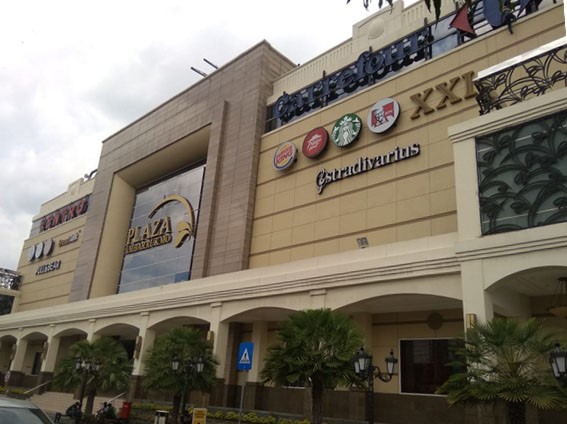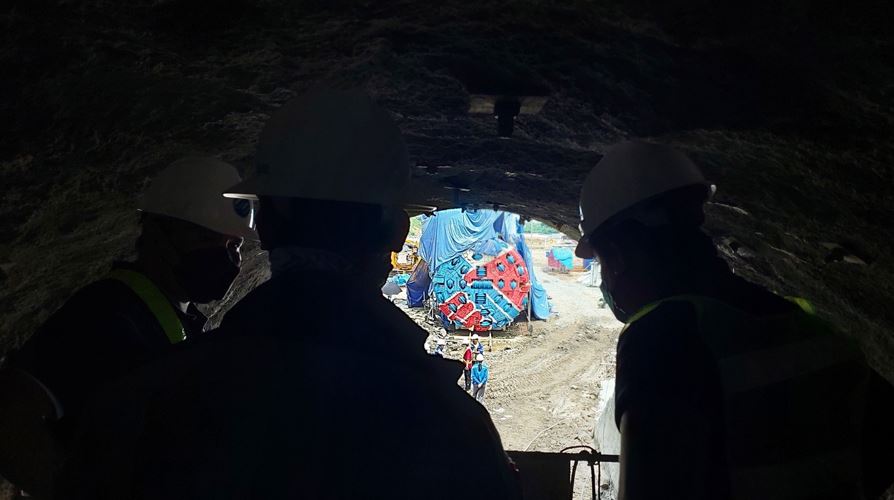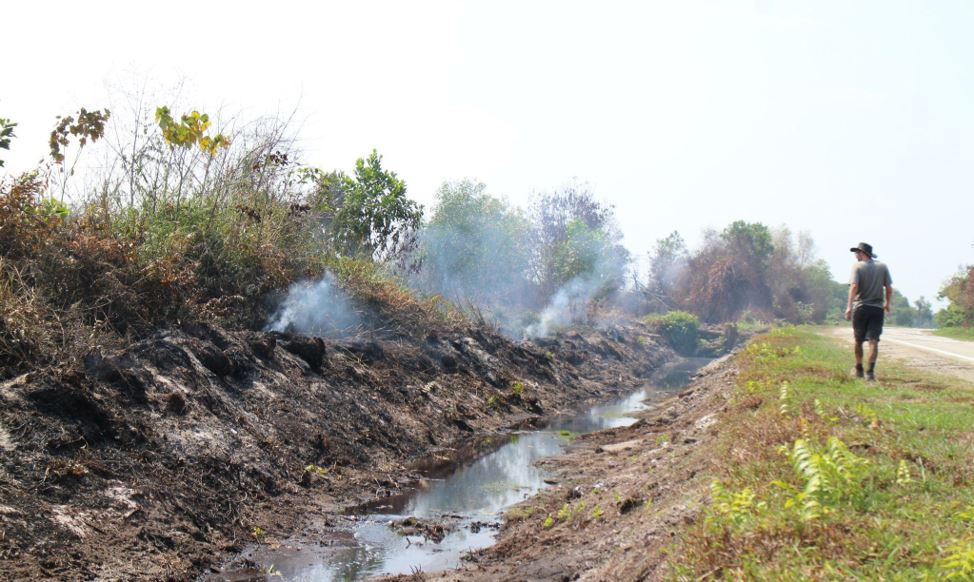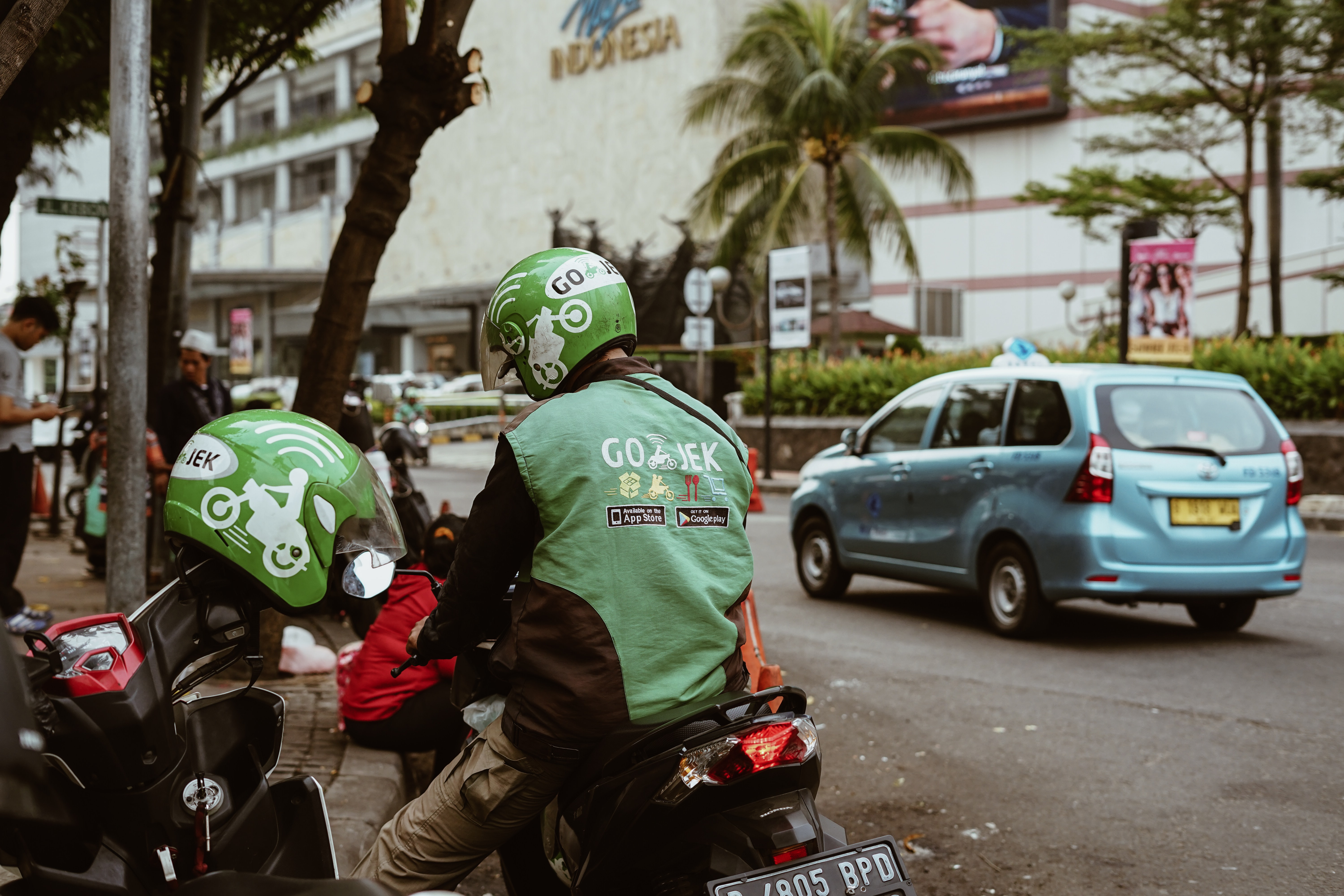“Based on what happens in Yogyakarta and Surakarta, we can see that the more power that a traditional authority has, the more it embraces capitalism and investment which will take the form of modernity”, writes Dr Ofita Purwani (Associate Professor at the School of Architecture, Universitas Sebelas Maret)
_______________________________________________
Yogyakarta and Surakarta are two cities in Central Java, popularly recognised as the cradles of Javanese culture. The existence of royal palace and monarch in both cities is the reason why both are considered the centres of Javanese culture. The monarchs still exist nowadays but their position in the democratic Indonesia differs (G. Larson, 1992; G. D. Larson, 1979; Purwani, 2014). This will have some impact on urban development.
Indonesia has been a democratic country since its independence, and the existence of monarch or royal families is negotiated in this country. Yogyakarta and Surakarta have many similarities which include the existence of monarch in both cities, their culture and historical background. The royal palaces also have similar architectural layout. However, after 1946, the republic recognised the monarch of Yogyakarta while the monarch of Surakarta lost its political role as the state does not recognise it (Anderson, 2005; G. D. Larson, 1979). The monarch of Surakarta now can only act as a cultural symbol while the monarch of Yogyakarta has an important political role as the king is automatically appointed to the governor of its territory (which is at provincial level). This difference in fate has some consequences in political and economic aspects. The royal family of Yogyakarta has power to influence decision making in its territory while also having a chance to develop its business group at national level since the early 20th century (Monfries, 2007; Robison, 2009). The royal family of Surakarta, on the other hand, has no power to influence political decision and they have no chance of developing any business. This situation gives the monarch of Yogyakarta more possibilities to have an influential role in urban development.
What happened in Yogyakarta shows that there are tensions between tradition and modernity. While the monarch is actively involved in business that includes hospitality, shopping malls, parking, tobacco, textiles, media, banks and so on, as the cultural authority, they are also demanded to appear traditional. One notable tension appears in the Ambarrukmo Plaza project where the king decided to demolish some part of a traditional 19th-century Javanese building to make way for a hyper mall (Heston & Kartika, 2017; Kompasiana.com, n.d.; Wijoyono, 2008), showing that they prefer investment over conservation. This brought some protest from people concerned about heritage issues. However, the conservation issues this project brings were unsolved and the hyper mall was built.

Another project is the iron mining factory in the Kulon Progo area (Jejak Hitam Keraton Di Kulonprogo, n.d.). The royal court has evicted people from their houses for this royal-court-owned project, which is said to have received foreign investments. This is in contrast to the image of the royal court, which is ‘mengayomi’ or to keep their subjects safe (Purwani, 2014). However, all of these things are not widely covered by the media. It seems that people still refuse to talk bad things about the king and the royal court, showing that the monarch still has power over its people. The power of the monarch also places the monarch at the top of traditional discourse, as the source of Javanese culture. They have cultural authority. Their cultural performances are not supposed to be copied by commoners.
This is different from the case of Surakarta. The powerless monarch in Surakarta has been marginalised in urban development. Not only that it has no role in decision making, but also the municipal government tends to make the monarch invisible by ‘building bigger things’: For example, the government built a landmark which is 2.5 times bigger than the traditional landmark of the monarch (Purwani, 2014; Ruwaidah, 2008). The government also built the biggest mosque in the city, which is way bigger than the previous city mosque that belongs to the monarch (Redaksi, 2019). The weak royal court has been made invisible by the municipal government’s policy.
However, what I find interesting is that since decentralization in 1999, when there was a push for financial autonomy, the city tried to develop its tourism. Some of the efforts taken were to create new events. Garebeg, the main ritual that was traditionally organised by the monarch, was copied into several other touristic events, which are organised by the people and the local government, such as Grebeg Sudiro and Grebeg Pangan (Purwani, 2014; Rahmatulloh et al., 2020). Furthermore, in recent years, there was a policy to boost tourism more by providing fund for neighbourhood communities to create and organise events at neighbourhood level. This has increased the number of copied rituals to up to 40. The rituals, most of which copy some parts of the royal court’s rituals, can now be organised by the people. ‘Traditional’ ritual is no longer the privilege of the royal court. Common people can organise their own rituals.
In Yogyakarta, decentralisation and the provision of fund for activities at neighbourhood level also take effect. The total amount of available fund in Yogyakarta, however, is way more than that of Surakarta since 2012 as Yogyakarta has Dana Keistimewaan or ‘Specialness Fund’ as a consequence of the passing of the Law on the Specialness of Yogyakarta (Kurniadi, 2019), a situation that differs very much from Surakarta. In Yogyakarta, there tends to be a clear split between the ‘tradition’ which belongs to the monarch, and the ‘tradition’ and ‘art’ that belongs to the people (Dinas Kebudayaan Kota Yogyakarta, 2017).
Moreover, in relation to the specialness of Yogyakarta, there are new specialness rules taking place. In 2017, a local rule of spatial planning was passed, highlighting the cosmological layout of the city to be preserved in a traditional way (Gubernur Daerah Istimewa Yogyakarta, 2017). So, in Yogyakarta, some areas remain traditional while other parts are more modern and investment-friendly. The royal court, however, can get some benefit from this new rule as they can show their dominance over their subjects by highlighting their distinction through space and architecture and by presenting itself as traditional. On the other hand, the monarch evicted some people in its territory from their houses for building a mining factory (Begini Kabar Kelanjutan Proyek Tambang Pasir Besi Di Kulonprogo – Harianjogja.Com, 2020), the reason being that they lived on the royal land. The monarch has embraced capitalism along with traditionality.
So, based on what happens in Yogyakarta and Surakarta, we can see that the more power that a traditional authority has, the more it embraces capitalism and investment which will take the form of modernity. At the same time, the less power the traditional authority has, the less it contributes to urban development, but its traditional image is adopted by the people and its insignificant heritage are being reactivated in invented traditions.
References
Anderson, B. R. O. (2005). Java in a time of revolution: Occupation and resistance, 1944-1946. Equinox Publishing.
Begini Kabar Kelanjutan Proyek Tambang Pasir Besi di Kulonprogo—Harianjogja.com. (2020). https://jogjapolitan.harianjogja.com/read/2020/07/17/514/1044697/begini-kabar-kelanjutan-proyek-tambang-pasir-besi-di-kulonprogo
Dinas Kebudayaan Kota Yogyakarta. (2017). Rencana Strategis Perangkat Daerah tahun 2017-2022.
Gubernur Daerah Istimewa Yogyakarta. (2017). Peraturan Daerah Istimewa Yogyakarta No. 2 /2017. Daerah Istimewa Yogyakarta.
Heston, Y., & Kartika, D. (2017). Pesanggrahan Ambarukmo, Mengingat yang Terlupakan. Heritage Tangible Intangible, 149–156.
Jejak Hitam Keraton di Kulonprogo. (n.d.). Indoprogress. Retrieved May 16, 2015, from http://indoprogress.com/2014/04/jejak-hitam-keraton-di-kulonprogo/
Kompasiana.com. (n.d.). Ambarukmo & Sumpah Sultan Jogja. KOMPASIANA. Retrieved June 15, 2020, from https://www.kompasiana.com/bocahndeso/5500520ea333111e7351084b/ambarukmo-sumpah-sultan-jogja
Kurniadi, B. D. (2019). Defending the Sultan’s Land: Yogyakarta, Control over Land and Aristocratic Power in Post-Autocratic Indonesia [Unpublished Ph.D. Thesis]. Australia National University.
Larson, G. (1992). Daerah Istimewa dalam Negara Kesatuan Republik Indonesia (Special Districts in the United Republic of Indonesia) (Vol. 23). JSTOR.
Larson, G. D. (1979). Prelude to Revolution: Palaces and Politics in Surakarta, 1912-1942: A Dissertation Submitted for the Degree of Doctor of Philosophy. Northern Illinois University.
Monfries, J. (2007). Hamengku Buwono IX of Jogjakarta: From Sultan to Vice President. Life Writing, 4(2), 165–180.
Pembangunan Hotel Dan Mal di Yogyakarta Merusak Lingkungan. Mengapa? : Mongabay.co.id. (n.d.). Retrieved December 31, 2020, from https://www.mongabay.co.id/2015/04/29/pembangunan-hotel-dan-mal-di-yogyakarta-merusak-lingkungan-mengapa/
Purwani, O. (2014). Javanese power; Silent ideology and built environment of Yogyakarta and Surakarta. University of Edinburgh.
Rahmatulloh, O., Purwani, O., & Rahayu, P. (2020). The Consumption of Tradition and Heritage Areas in the Grebeg Sudiro Event in Surakarta |. https://ijbes.utm.my/index.php/ijbes/article/view/548
Redaksi. (2019, November 13). Progres Pembangunan Masjid Taman Sriwedari Mencapai 60 Persen. SUARA BARU | Portal Berita Masa Kini. http://suarabaru.id/2019/11/13/progres-pembangunan-masjid-taman-sriwedari-mencapai-60-persen/
Robison, R. (2009). Indonesia: The Rise of Capital. Equinox Publishing.
Ruwaidah, E. (2008). Konsep Alun-alun Utara Surakarta berdasarkan Persepsi Masyarakat. unpublished thesis in Gadjah Mada University.
Wijoyono, E. (2008, January 28). Hitungan Ukuran ala Ambarukmo. Elanto Wijoyono. https://elantowow.wordpress.com/2008/01/29/hitungan-ukuran-ala-ambarukmo/
* This post is based on Dr Ofita Purwani’s roundtable intervention delivered on 29h October 2020 as part of SEAC Southeast Asia Week 2020. You can access a recording of the “Politics of city-making in Southeast Asia” roundtable here.
* The views expressed in the blog are those of the authors alone. They do not reflect the position of the Saw Swee Hock Southeast Asia Centre, nor that of the London School of Economics and Political Science.





